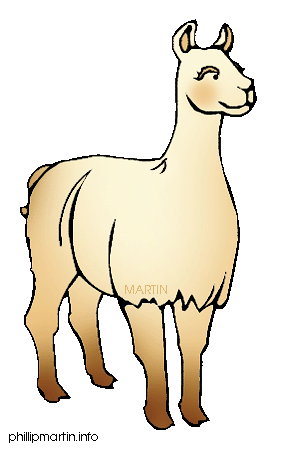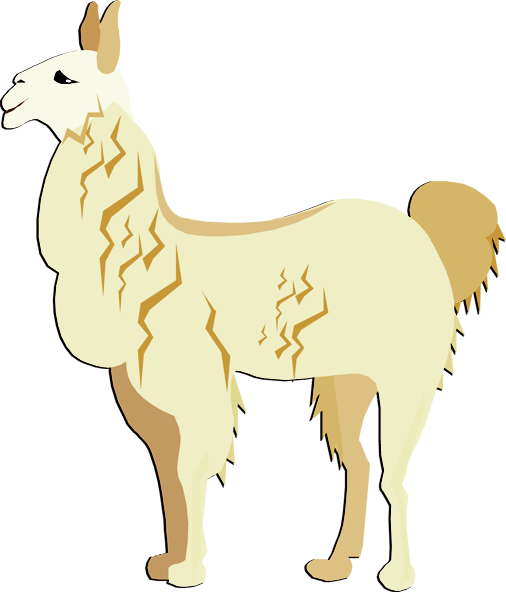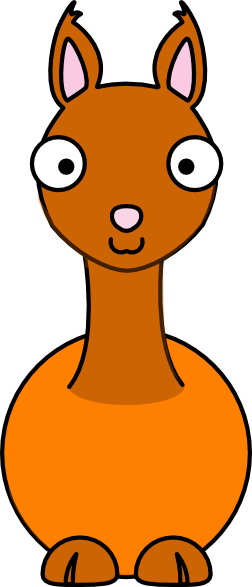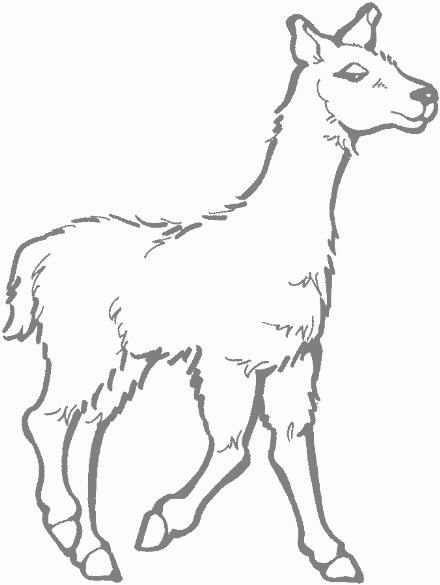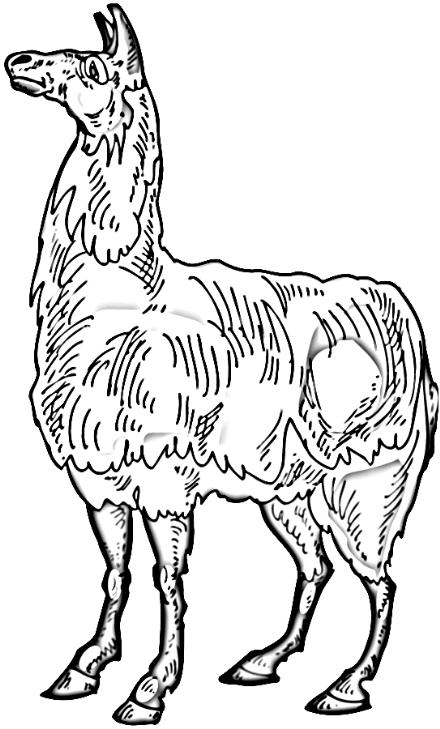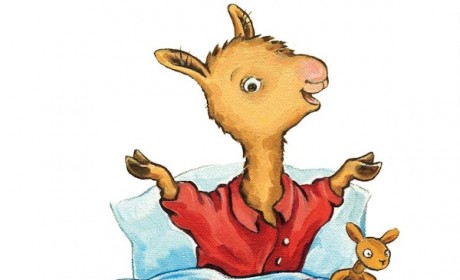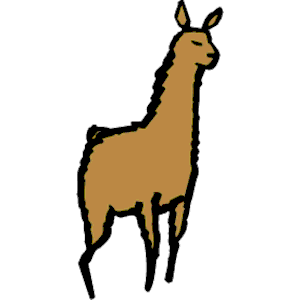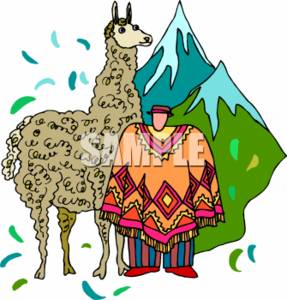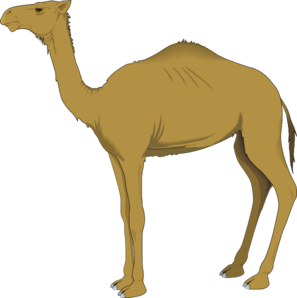Llama Clipart
Llamas comprise affectionate and agile camelids domesticated from wild guanaco ancestors. Their distinctive profiles, endearing eyes and fluffy coats makes them beloved animals. Native to South America over 6 million years ago, llamas remain important cultural and economic cornerstones.
Physical Characteristics of Llamas
As medium-sized relatives of camels, llamas average:
- 5 to 6 feet long
- Up to 3 feet tall at shoulder
- Between 250 to 450 pounds
Signature features include:
- Lean proportional frames
- Elegantly long necks
- Distinctive banana-shaped ears
- Large, expressive eyes
- Coarse wool-like fur
Llama life expectancy reaches 15 to 30 years. Many display white markings contrasting common beige, brown, gray, black coat colors.
Llama Behavior
Innately social creatures, llamas communicate through humming, alarm calls and body language. They spit when frightened but mostly behave graciously. Unique personalities develop but commonly exude gentle, intelligent and loyal traits making them suitable pets and emotional support animals.
Llama Species and Breeds
Llamas belong to the Camelid family along with cousins:
- Alpaca – Prized for fiber, smaller with straight ears
- Guanaco – Wild, ancestors of the modern llama
- Vicuña – Endangered, prized for extremely fine fleece
Popular domestic breeds feature:
- Classic – Average sized, one coat, many colors
- Woolly – Fluffier, thick dual coat
- Suri – Rosette locks with fiber resembling dreadlocks
Over 200 coat colors and patterns exist.
Llama History and Ancestry
Llamas were first domesticated around 5000 BC from the guanaco by ancient Andean cultures. Often used as pack animals due to their strength and stamina traveling steep terrain, llamas transported goods across the Incan empire. Continuing to provide wool, meat and hides today, global admiration sustains breeds threatened by Spanish conquest.
Uses and Benefits of Llamas
Aside from traditional fiber/meat harvesting roles, llamas provide:
- Excellent therapy assistants – Their calm presence soothes tense settings like hospitals, extended living centers and libraries.
- Eco-friendly landscapers – Grazing llamas clear acreage needing maintenance saving gas-powered mowers.
- Pack hiking companions – Carrying camping gear without environmentally harmful trail impacts.
- 4-H youth program participants – Caring for llamas teaches responsibility.
Purpose of Llama Clipart
Scalable vector llama clipart conveniently inserts popular South American camelid motifs within digital design projects using editing software flexibility. This capability makes establishing relevant visual themes effortless.
Working With Llama Clipart
Using llama clipart properly obliges creators to:
- Vet permissions/attributions
- Refine imagery suiting brand tones
- Print limited volume for personal use
- Store securely without sharing publicly
This satisfies legal and social obligations.
Concepts and Applications of Llama Clipart
Llama clipart injects appropriate cultural brightness into:
- Travel tour logos/brochures/photos promoting Peru, Chile
- Wool clothing tag graphics
- Crafting patterns/templates
- Nursery decorations
- Quirky lifestyle blogs
Evoking texture and charm befitting contexts centered around South American traditions.
In this page clipartix present 66 llama clipart images free for designing activities. Lets download Llama Clipart that you want to use for works or personal uses.



